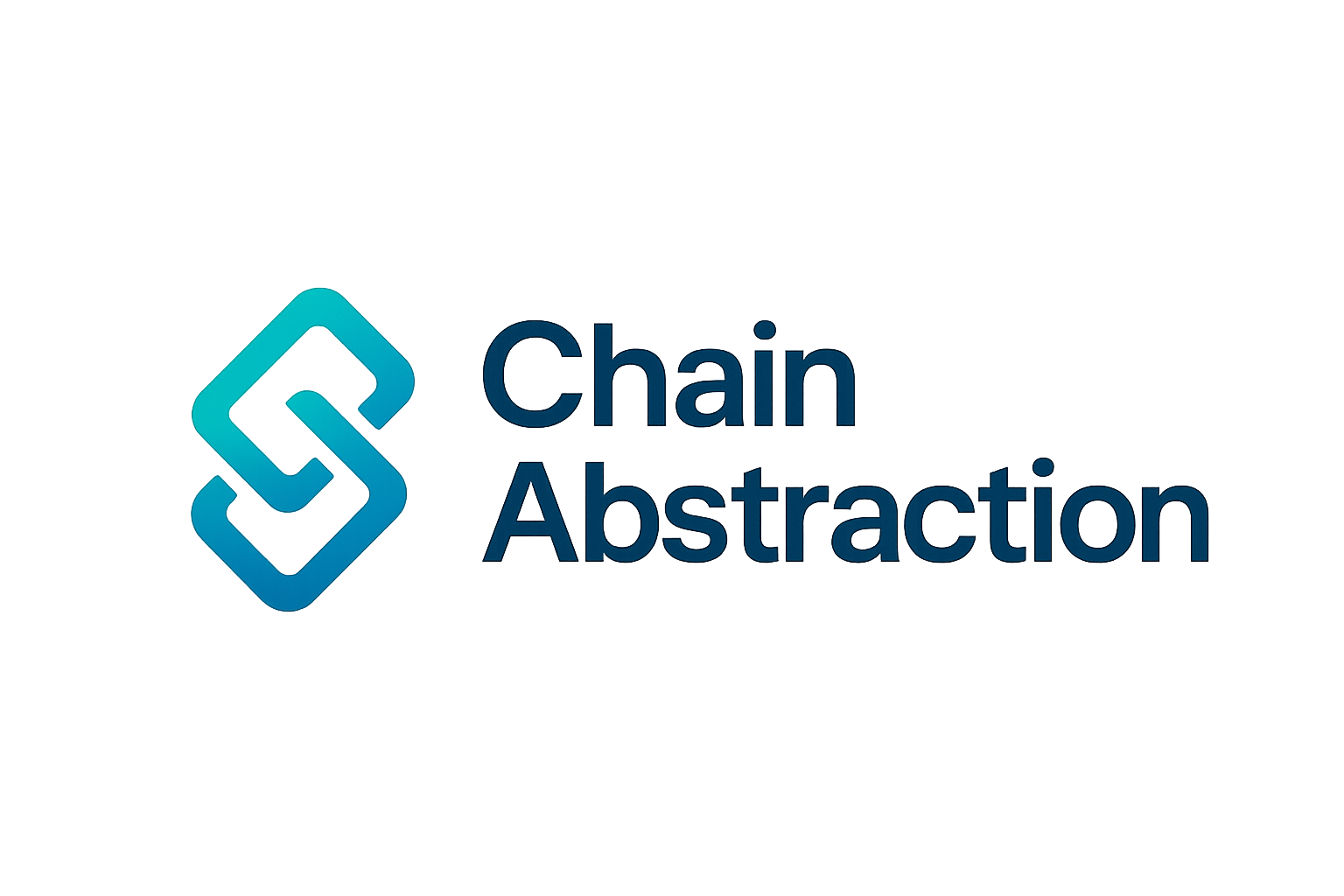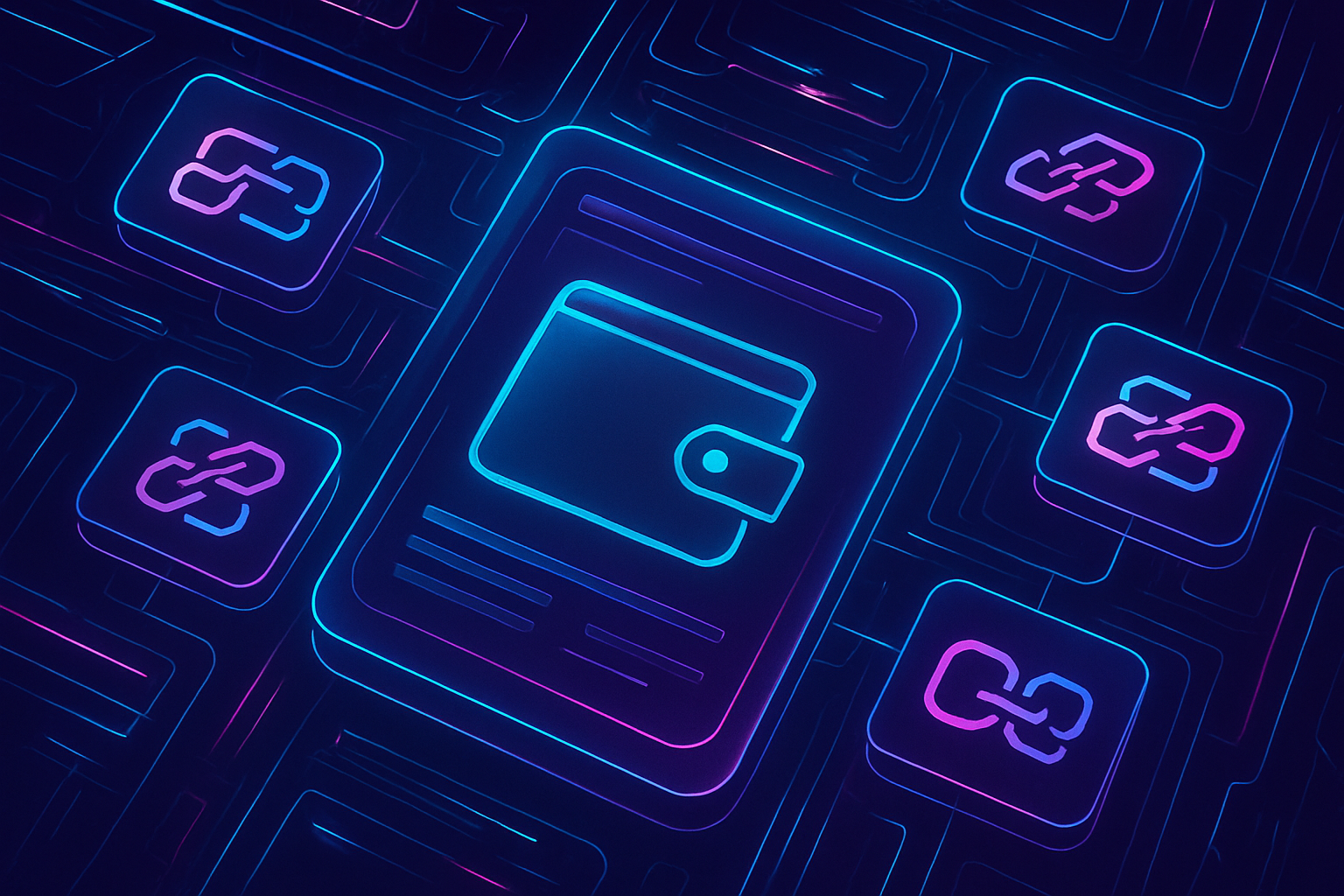
Imagine a world where interacting with DeFi is as simple as using your favorite mobile app, no network switching, no wallet juggling, no cryptic error messages. That’s the vision behind chain abstraction UX, a rapidly evolving approach that’s transforming how we experience multi-chain wallets and decentralized finance.

The Friction of Fragmented Wallets
For years, DeFi users have faced a maze of hurdles when managing assets across different blockchains. Each network required its own account setup, private key management, and constant vigilance to avoid costly mistakes. Even seasoned crypto natives found themselves tripping over confusing UI flows or manually bridging tokens, a process that’s both time-consuming and risky.
But what if all those backend complexities could be hidden from view? Chain abstraction delivers on this promise by providing a single interface that unifies interactions across chains. The result: less cognitive load for users and a much smoother multi-chain wallet user experience.
Unified Wallet Management: One Interface to Rule Them All
The most immediate benefit of chain abstraction is unified wallet management. Instead of logging in to separate wallets for Ethereum, Solana, or Avalanche, users interact with one smart interface capable of handling all their assets, regardless of which blockchain they reside on. This not only streamlines the experience but also reduces the risk of human error and lost funds.
Leading platforms are embracing this model by abstracting away private key handling and account creation per chain. Users simply access their assets through a single dashboard, making cross-chain asset management feel as effortless as checking your email inbox.
Top Benefits of Unified Crypto Wallets for DeFi Users
-

Unified Wallet Management: Manage multiple blockchain assets from a single wallet interface, eliminating the need to juggle separate accounts or private keys for each chain. This streamlines asset oversight and reduces user complexity.
-
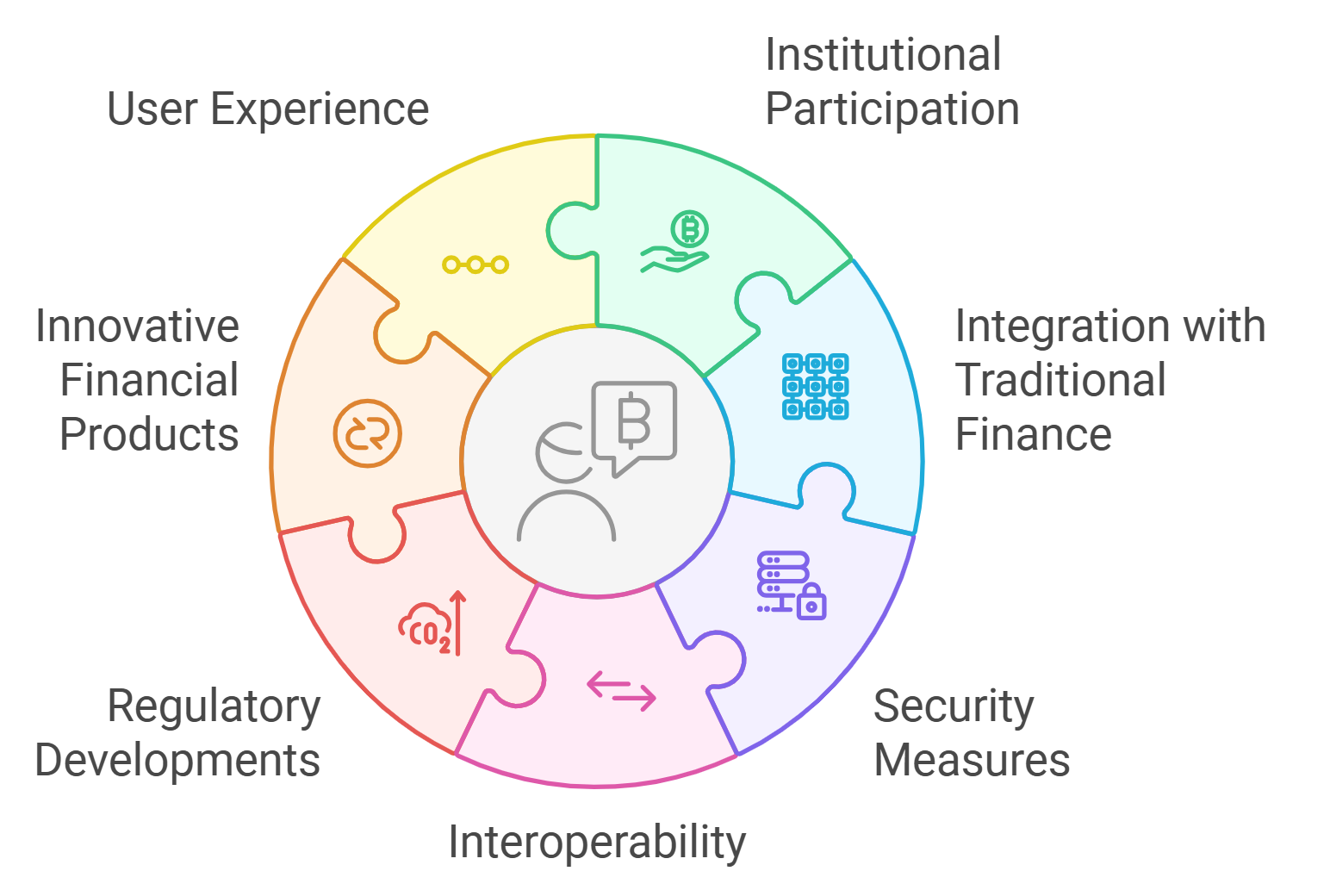
Simplified User Interactions: Seamlessly interact with DeFi dApps without switching networks or dealing with technical blockchain details, making DeFi more accessible for everyone.
-

Seamless Cross-Chain Transactions: Effortlessly transfer assets across blockchains without manual bridging, reducing errors and saving time for users.
-
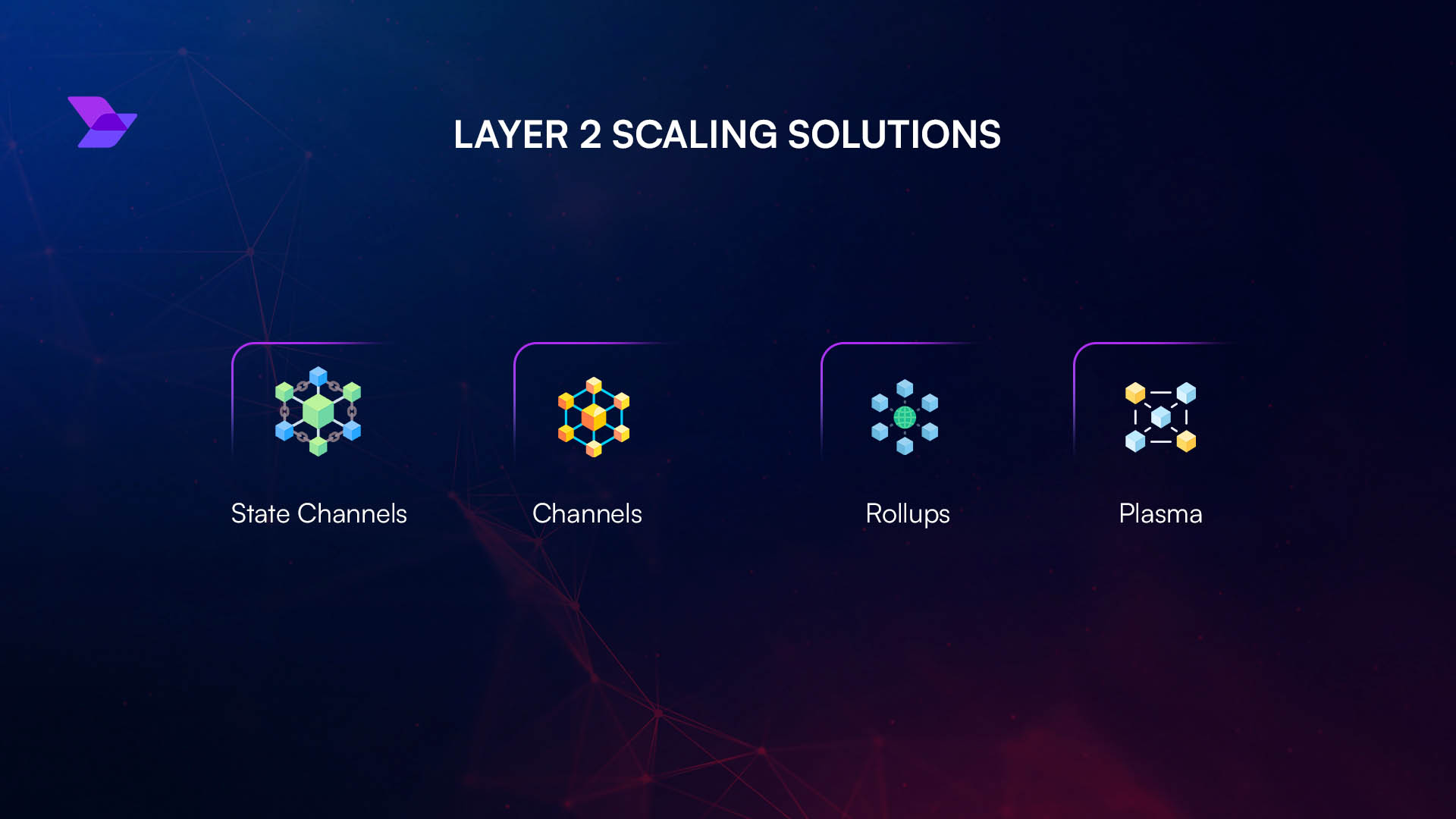
Enhanced Performance and Scalability: Leverage the strengths of multiple blockchains to optimize transaction speed and reduce network congestion, ensuring a responsive DeFi experience even during peak demand.
-
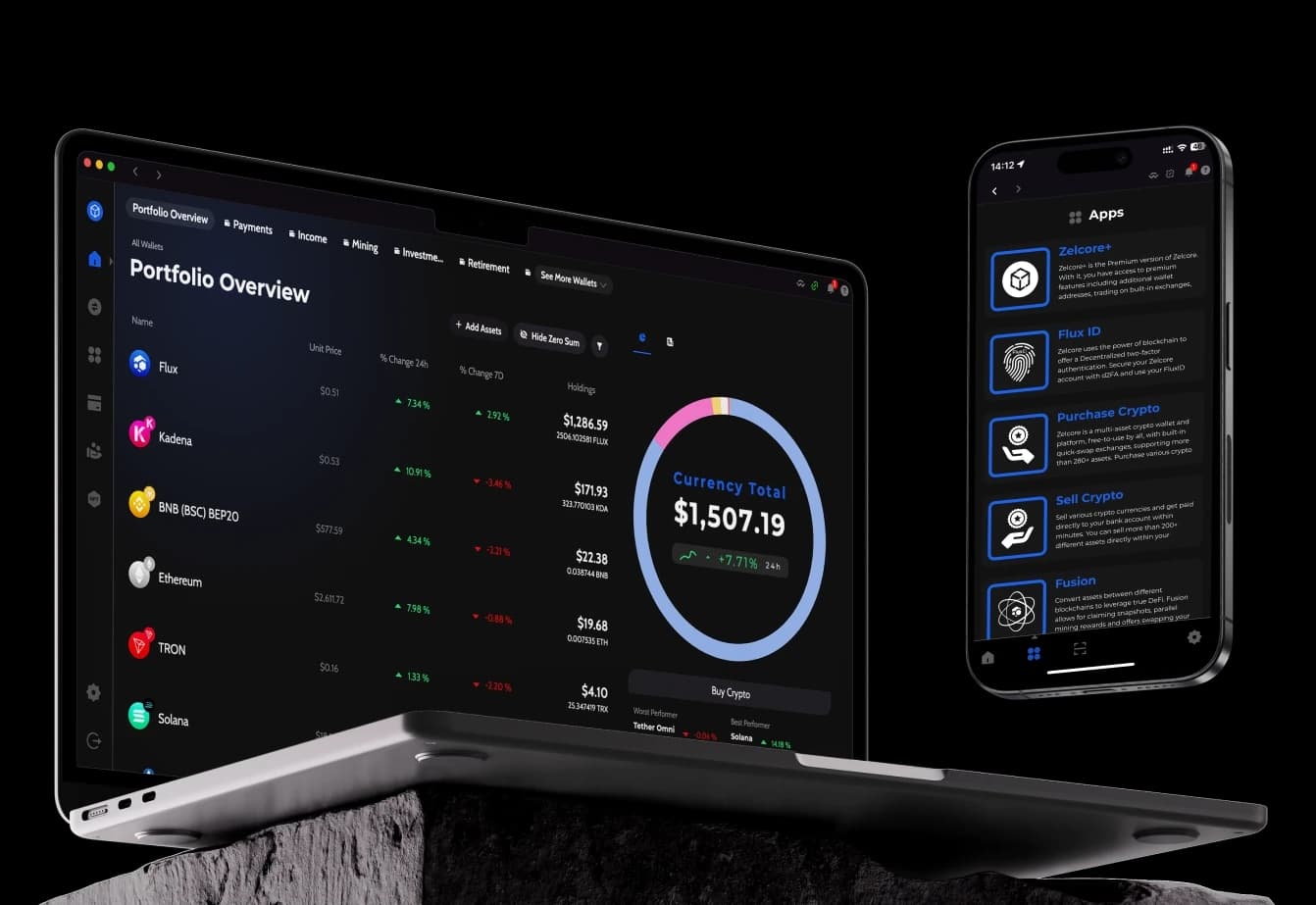
Improved Security and Reliability: Minimize risks by automating gas management and reducing reliance on centralized validators, creating a safer and more dependable environment for DeFi users.
Simplified User Interactions: No More Network Switching
If you’ve ever tried to use a dApp that spans multiple blockchains, you know the pain: toggling between networks in your wallet extension, waiting for RPC connections to update, and hoping you’re sending funds to the right address. Chain abstraction removes these headaches by letting users interact with any supported dApp without needing to understand, or even see, which blockchain is powering it under the hood.
This invisible magic is what makes chain abstraction so powerful for DeFi wallet solutions. By batching backend transactions and automating gas management, platforms can deliver an intuitive experience that rivals traditional fintech apps while preserving all the benefits of decentralization. As noted by industry leaders like Polkadot and NEAR (see more here), this approach is crucial for onboarding mainstream users into Web3.
The Seamless Future of Cross-Chain Transactions
No more manual bridging or swapping tokens through risky third-party services, chain abstraction enables seamless cross-chain transactions. Users can transfer value between networks with just one click, while all technical details are handled invisibly in the background. This not only speeds up transactions but also slashes error rates and enhances security by reducing reliance on centralized relayers.
For DeFi users, this means the days of sweating over which network you’re on or whether your tokens will arrive safely are numbered. The next generation of cross-chain asset management is about clarity and confidence. Underneath the hood, sophisticated protocols batch and route transactions for optimal speed and cost, but for users, it’s as simple as sending a message.
Performance, Scalability and Security: Raising the Bar for DeFi Wallet Solutions
Chain abstraction isn’t just about convenience; it’s also a leap forward in performance and security. By distributing activity across multiple blockchains, platforms can avoid congestion bottlenecks that slow down transactions or drive up fees. This distributed approach means dApps remain fast and responsive, even during periods of high demand.
Security gets a major upgrade too. Automated gas management and behind-the-scenes cross-chain mechanics reduce the risk of user error (like sending assets to the wrong network) while minimizing exposure to centralized bridging solutions that have historically been vulnerable targets. The result is a more resilient, reliable environment for everyone, from first-time DeFi explorers to seasoned crypto veterans.
What Does This Mean for Mainstream Adoption?
The beauty of chain abstraction UX is how it makes blockchain technology nearly invisible to end users. By removing technical hurdles like network switching and manual bridging, DeFi wallets become as intuitive as any mainstream fintech app, no prior crypto expertise required. This is the key to unlocking mass adoption: when interacting with decentralized apps feels no different than using your favorite banking or payment app, more people will join the ecosystem.
Developers also benefit from this shift. With unified APIs and abstracted backend logic, building dApps that span multiple chains becomes faster and less error-prone. Teams can focus on delivering value instead of wrestling with endless integration headaches, accelerating innovation across the industry.
How Chain Abstraction Transforms Multi-Chain Wallet UX
-
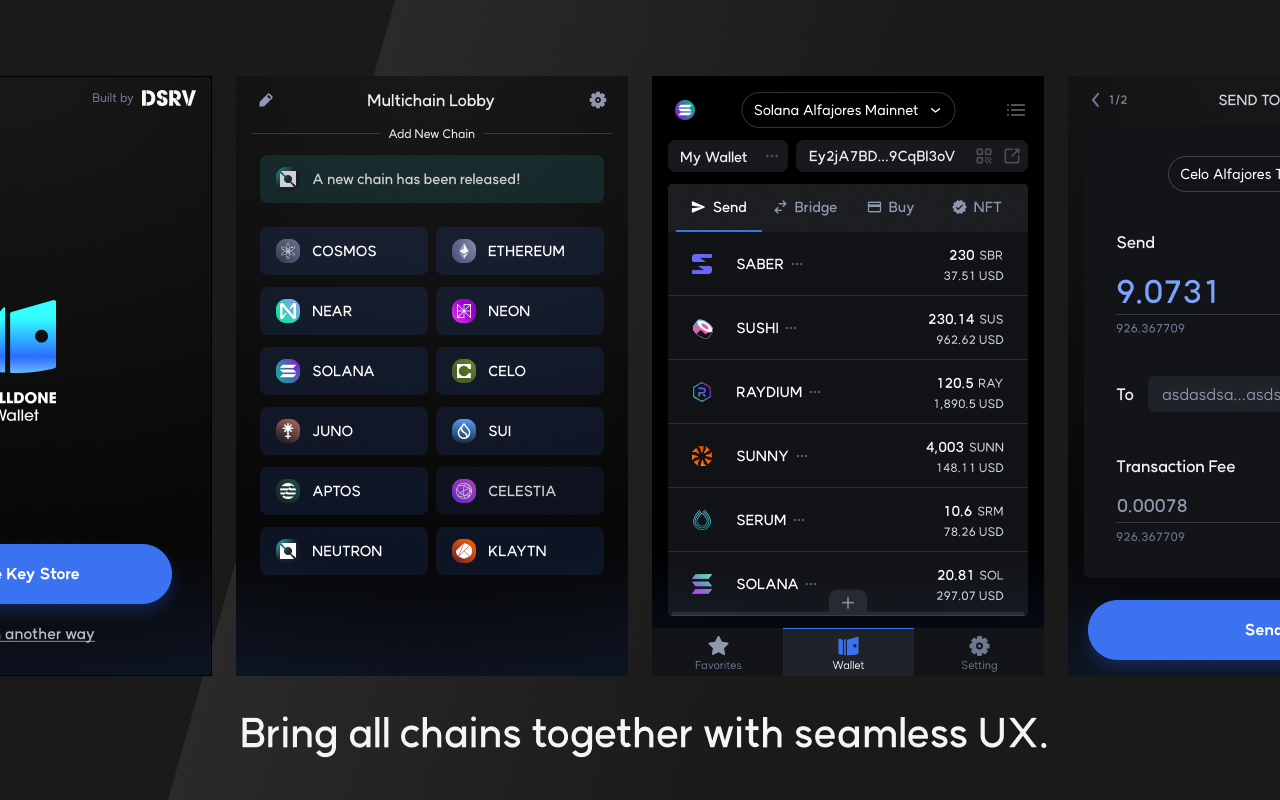
Unified Wallet Management: Chain abstraction enables users to manage assets from multiple blockchains within a single wallet interface, eliminating the need for separate accounts or private keys for each chain. This consolidation streamlines asset oversight and reduces user confusion.
-

Simplified User Interactions: With chain abstraction, users can interact with DeFi dApps across different blockchains without manually switching networks or understanding complex technical details. This seamless experience makes DeFi platforms more accessible to everyone.
-
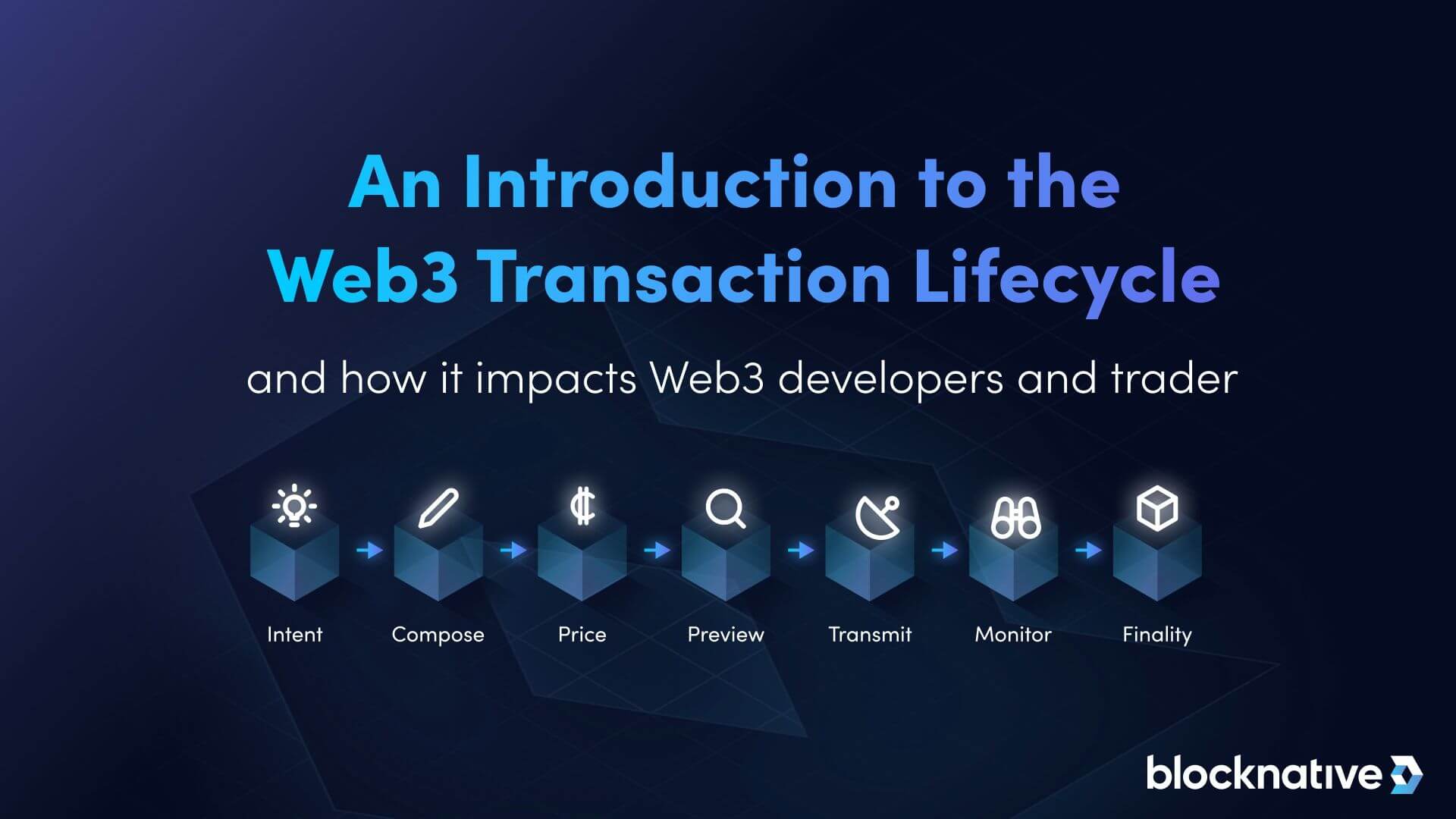
Seamless Cross-Chain Transactions: Chain abstraction allows for automatic bridging and asset swaps between blockchains, so users can transfer or trade assets without manual steps or risk of errors. This greatly enhances transaction speed and reliability.
-
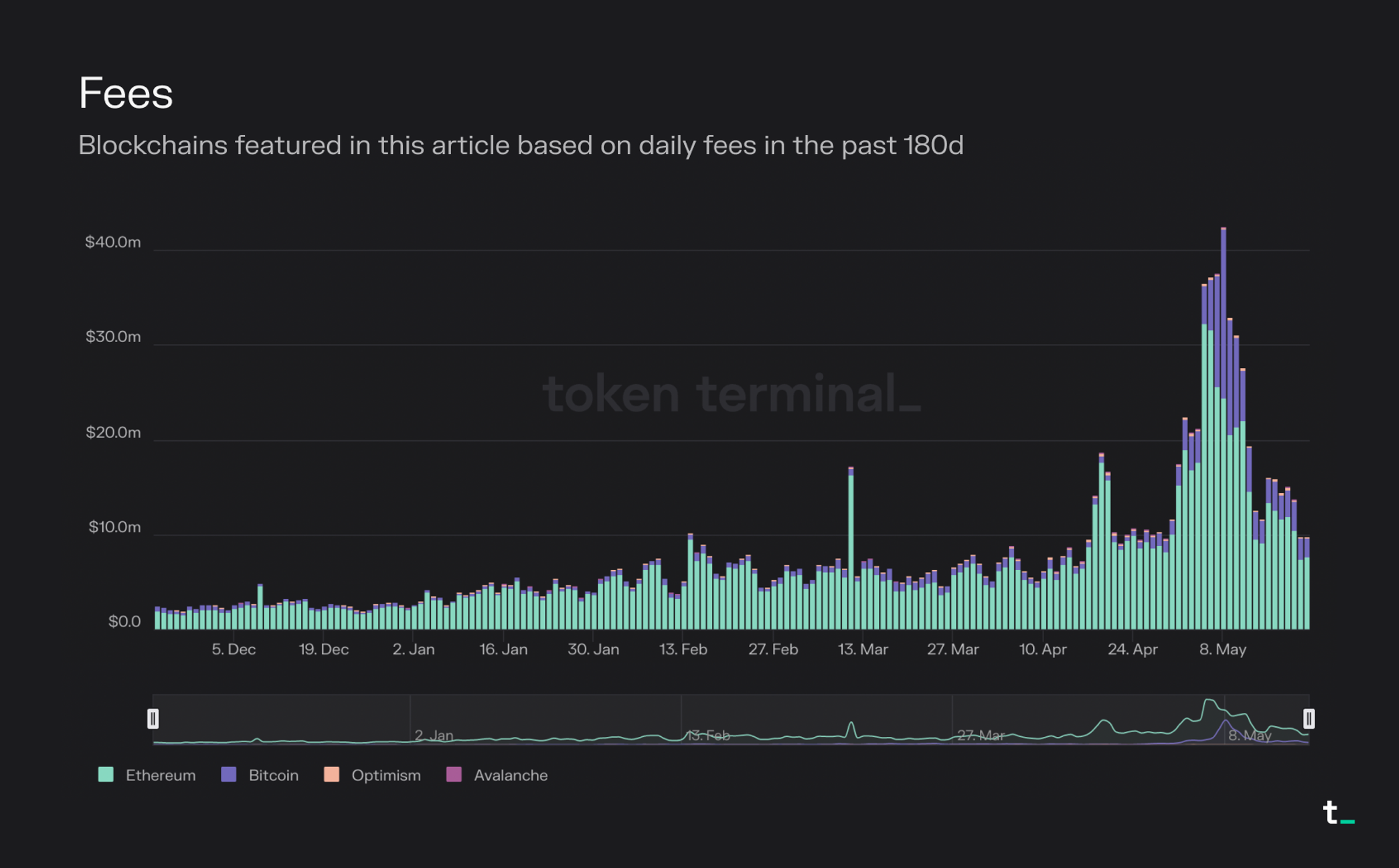
Enhanced Performance and Scalability: By distributing activities across multiple blockchains, chain abstraction helps dApps avoid network congestion and optimize transaction speeds, ensuring responsive and scalable DeFi experiences even as user demand increases.
-

Improved Security and Reliability: Chain abstraction reduces reliance on centralized validators and automates gas management, minimizing vulnerabilities and user errors. This results in a safer, more reliable environment for DeFi wallet users.
From Fragmentation to Flow: The Road Ahead
The future of DeFi wallets lies in seamless interoperability, a world where users don’t need to know (or care) which blockchain their assets live on. As more projects adopt chain abstraction, expect even richer features: automatic portfolio rebalancing across chains, one-click access to liquidity pools everywhere, and true global asset mobility without borders.
The best part? You don’t have to wait years for this vision, many leading wallets are already rolling out these capabilities today. If you haven’t tried a unified crypto wallet yet, now’s the time to see how effortless managing your digital assets can be when complexity fades into the background.
